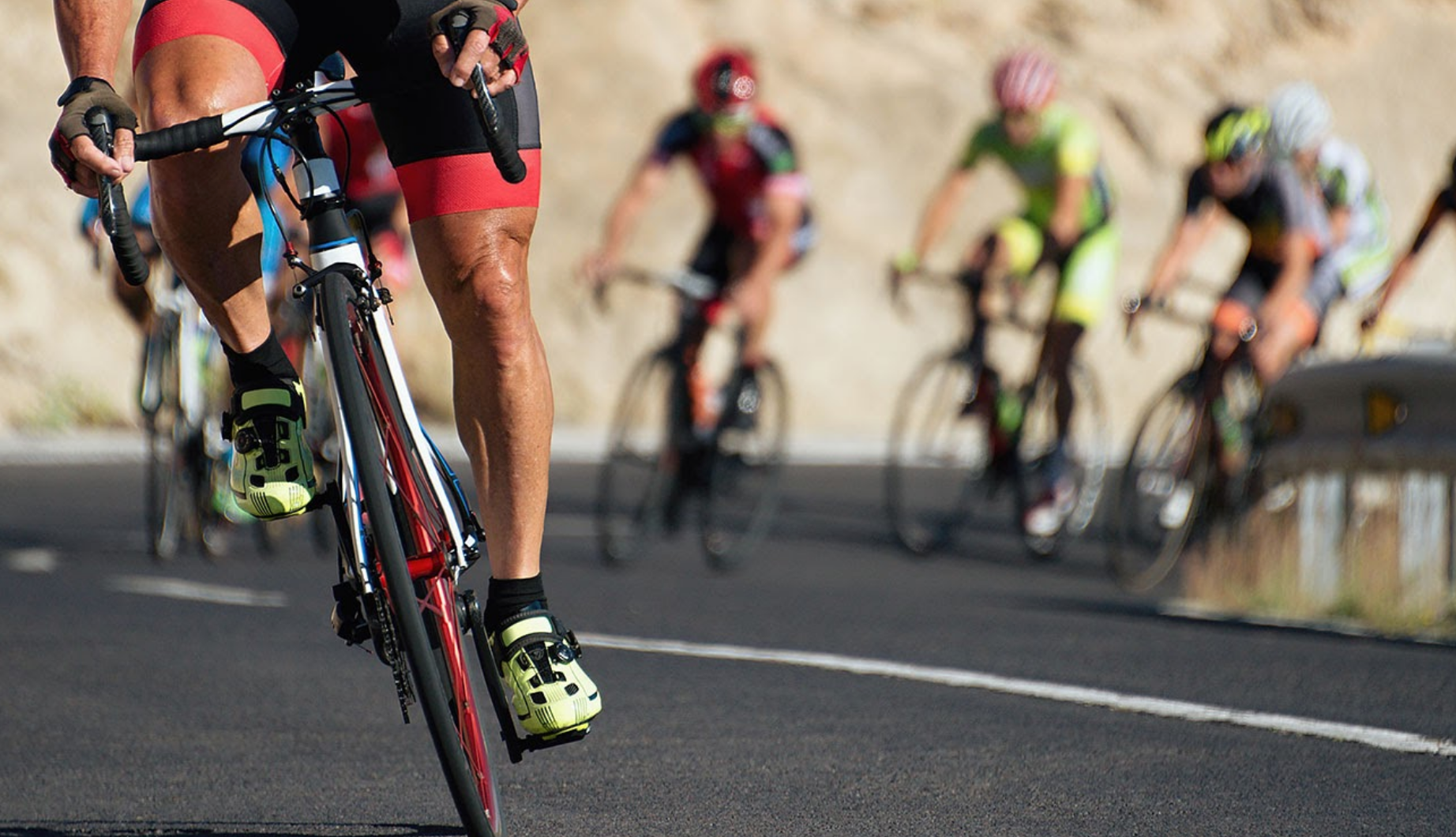Being a highly trained athlete, your bones are just as finely tuned and strong as the rest of your body... or so you would think. Chances are if you are a cyclist, and especially if you are a high milage road cyclist, your bones aren't as tough and durable as you think they are.
Research summarized well by Peak Performance in an article shows that the more cycling you do, the weaker your bones are likely to be, observed as a low bone mineral density (BMD). A low BMD predisposes you to increased incidence of stress fracture, breaks when falling and joint degeneration as well as a higher risk of developing osteoporosis in later life.
So what can you as a cyclist do about this? Before you reach for your calcium or vitamin D supplements, lets quickly understand how bones are constructed and maintained by the body:
Just like muscle tissue, bone is constantly being broken down and reformed. We have two types of special bone cells called osteoblasts (bone forming) and osteoclasts (bone dismantling) that carry out this process to keep the skeletal system in good working order. Where muscle growth (or shrinkage) is regulated by how we use them however, it's the compression, bending and twisting forces we apply our bones that cause osteoblasts to work overtime and improve bone structural integrity. Bones are analogous to trees in this respect. Tree trunks will grow thicker and stronger when constantly exposed to bending and twisting in high winds.
So where cycling is often lauded for its joint protecting low impact format, it is exactly this that puts high-mileage cyclists at risk of low BMD. Lack of force exerted on the skeletal system while cycling results in a lack of stimulus to increase or even maintain bone density. The osteoblasts begin to slack off.
So what should you, as a cyclist, do about this? The obvious is to introduce impact training into your routine, but what training format is best? My advice is to swap out a day of cycling for a day of outdoor running, which is well known to be one of the best ways to introduce impact into your regimen. If running isn't your thing take up a sport like squash or get down to your local gym once a week. Both will expose you to the foot to ground impact, joint weight loading and torsional twisting motions that will fire up the osteoblast factory.
The bottom line. impact, often seen as an injury precursor, is a necessity for overall athletic fitness. If you are not exposing your bones to the everyday impact forces associated with being an active human, you run the risk of bad bone health. Get out there and jump around.

